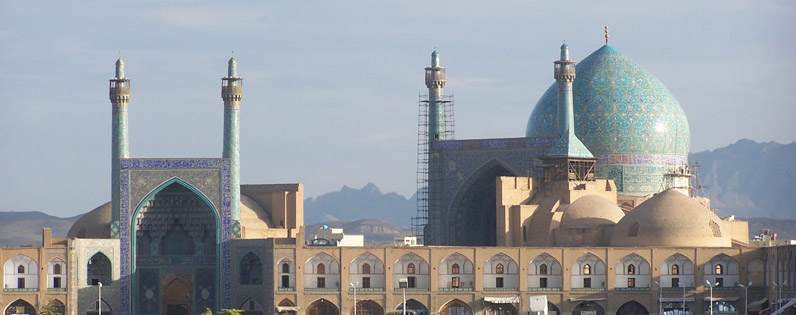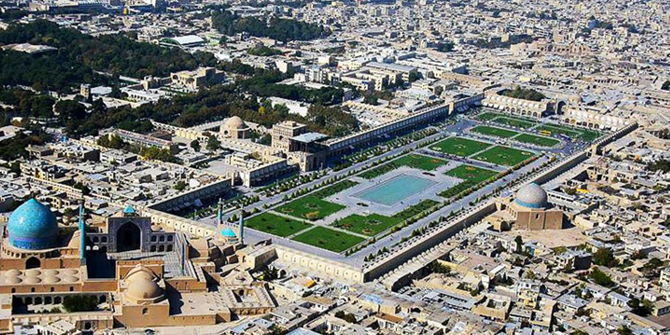About Imam Mosque
Imam Mosque is located in Imam Square in Isfahan and it was constructed in the Safavid Era. It is one of the important buildings in the Islamic architecture of Iran. This mosque is an immortal masterpiece of architecture, tiling and carpentry. This mosque which is located to the south side of Imam Square was constructed to the order of Abbas the Great and later, some parts were added and its decoration was terminated by his successors.
The architectural of this building is Isfahani style. The mosque's big dome is 52 meters high and the internal minarets are 48 meters high. The entrance minarets on Imam Square are 42 meters high. There are many interesting sights such as large pieces of seamless marble and valuable stone water basins. This massive mosque has two symmetrical shabistans, one of which on the east side of the yard and another to the west of it. The east shabistan is larger but simpler without any adornments; the other is smaller but with some beautiful adornments with polychrome tiles made of clay. Its altars are one of the most beautiful altars in the mosques of Isfahan. The southern great veranda of the mosque is 33 meters high and there are two minarets on both sides of it. These minarets are adorned with tiling and names of Prophet Muhammad (PBUH) and Imam Ali (AS) which are written on the walls of the building in Banaei Script.
The great dome is exquisitely adorned with tile. Most adornments of this mosque are made of polychrome clay tiling. The unique inscriptions of the mosque belong to Safavid Era which are made by prominent calligraphers such as Ali Reza Abbasi, Abdul Baqi Tabrizi and Mohammad Reza Imami. The inscription of the marvelous entrance of the mosque was written by Alireza Abbasi. Imam mosque has seven stone water basins located in different parts of the mosque.


